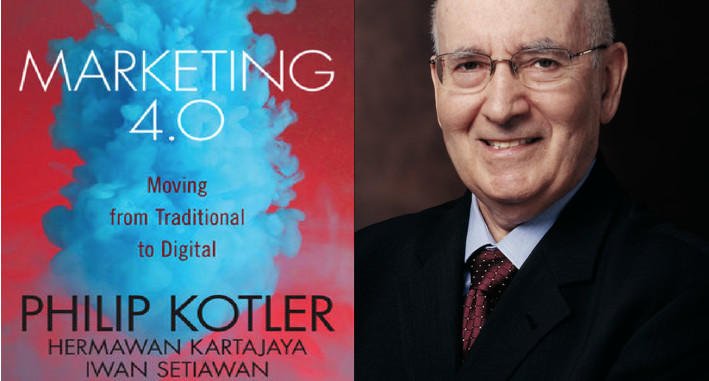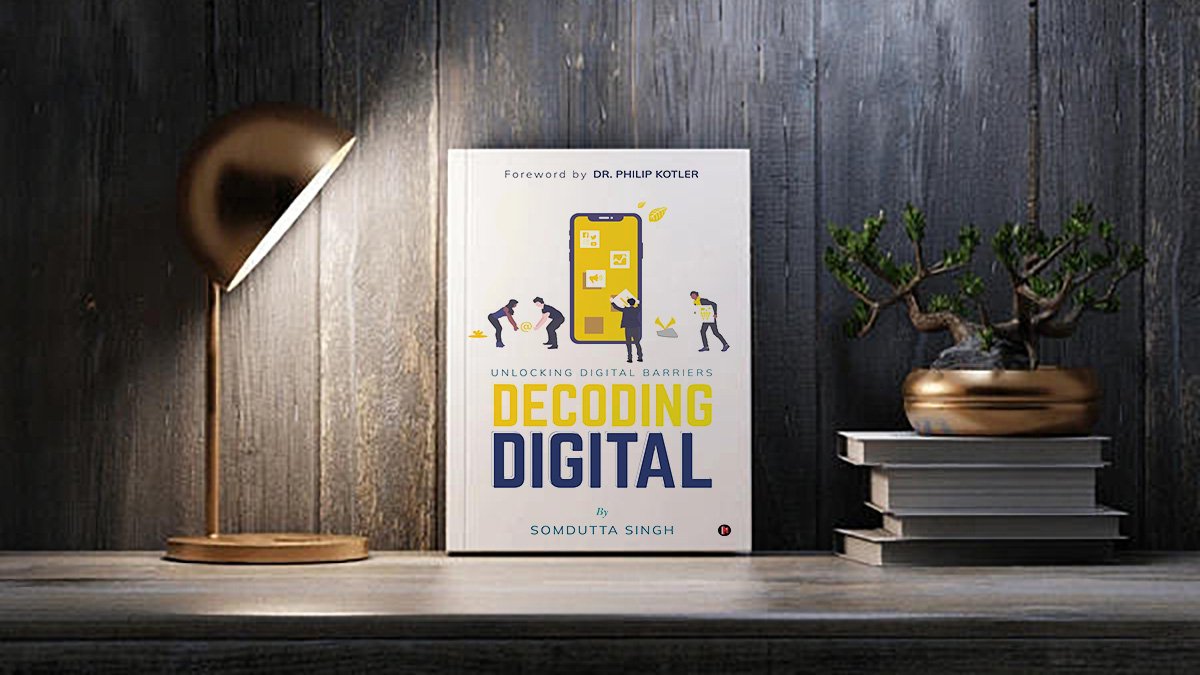Ever felt like your brain is swimming in a sea of chaos, desperately trying to focus while the rest of your life feels out of control? You’re not alone. Many of us have experienced moments where it feels like the walls are closing in, and the tasks piling up seem endless. Fortunately, science has a simple, effective solution: Compensatory Control.
What is Compensatory Control?
Compensatory Control is a psychological concept that essentially means when things feel chaotic inside, you can regain a sense of order by organizing your external environment. In other words, if you’re feeling overwhelmed or out of control mentally, tidying up your physical space can help your mind regain focus and control.
This idea is backed by research from Landau et al. (2015), who discovered that people naturally seek to restore order in their lives by controlling aspects of their environment. The trick is simple: when life feels out of control, take control of what you can—starting with your surroundings.
Why Does This Work?
Our brains are wired to seek patterns and order. When things around us are chaotic, it can make us feel anxious, stressed, and distracted. Think of your brain as a computer: when too many programs are running at once, it starts to lag. Clutter and disorder are like those extra programs—they eat away at your mental bandwidth.
By creating a sense of order in your environment, you send a signal to your brain that things are under control. This feeling of control, even if it’s just over your desk or kitchen counter, helps calm the mind and free up mental space for focusing on more important tasks.
How to Apply Compensatory Control
Compensatory Control isn’t about overhauling your life in one day—it’s about making small, manageable changes that restore a sense of balance. Here’s how you can start:
1. Clear Your Workspace – A Simple but Powerful Move
The easiest and most immediate way to apply Compensatory Control is by organizing your workspace. Whether you’re at home or in the office, your desk is your command center. A cluttered desk equals a cluttered mind. Just take five minutes to put things in their place, file away papers, and get rid of any unnecessary items.
Example: Imagine you’ve got an important report due by the end of the day. But instead of focusing, you’re distracted by the mess around you—coffee cups, sticky notes, last week’s meeting agendas. It feels overwhelming, right? Now, take a few minutes to clean up. Suddenly, the chaos is gone, and your mind can zero in on the task at hand.
2. Set Simple Routines – Structure Your Day, Calm Your Mind
Humans are creatures of habit. Setting routines can give you a framework to control your time and energy. This doesn’t mean you need to schedule every minute of your day, but creating small rituals—like having a set time to start work, break for lunch, or wind down in the evening—can make a big difference in your mental clarity.
Example: Think of Steve Jobs, who famously wore the same black turtleneck every day. His decision wasn’t about a lack of style; it was about limiting decision-making. By eliminating one small choice, Jobs preserved his mental energy for more significant decisions. You can do the same by establishing simple routines that reduce the number of decisions you need to make each day.
3. Organize Small Parts of Your Life – Start with What You Can Control
You don’t have to organize your entire life in one go. Start small. Pick one area that feels out of control, like your workspace, your schedule, or even your kitchen. Tidy up, create a system, or set a routine. You’ll be amazed at how much calmer your mind feels after.
Example: In the workplace, let’s say you’re leading a project team. There are constant interruptions—emails, meetings, urgent requests. It feels like chaos, and you’re struggling to stay on top of things. Instead of panicking, you block off time for specific tasks (time-blocking) and set clear priorities for the day. Now, instead of being reactive, you’re in control of the flow of your day.
4. Apply Time Blocking – Compensatory Control for Your Schedule
Time blocking is a perfect example of Compensatory Control in action. By dividing your day into blocks of time dedicated to specific tasks, you take control of your schedule rather than letting it control you. This structure helps eliminate distractions and boosts productivity.
Example: Picture this—you’re juggling five different tasks, each screaming for attention. Instead of letting your to-do list overwhelm you, you apply time blocking. You allocate one hour for emails, two hours for deep work, and 30 minutes for a quick break. By assigning each task its own time slot, you instantly feel more in control of your day.
The Workplace: Where Compensatory Control Shines
Work environments are notorious for creating chaos—emails flying in, meetings popping up, deadlines looming. This is exactly where Compensatory Control can shine. By organizing your workspace, setting routines, and using tools like time blocking, you can reclaim control even when the workplace feels like a zoo.
Example of Compensatory Control in Action: Imagine you’re in the middle of preparing a major presentation for the executive team, but your inbox is flooded with last-minute requests, and your desk looks like a paper explosion. Before diving in, take five minutes to clean your desk, sort your emails into folders, and create a to-do list for the day. Now, the chaos is contained, and you can focus on what really matters—nailing that presentation.
The Mental Benefits of Compensatory Control
The beauty of Compensatory Control is that its effects extend beyond the task at hand. By creating order in your environment, you’re not just calming the chaos around you—you’re actually reducing anxiety and improving focus.
Research shows that when people perceive their environment as orderly, it can reduce feelings of helplessness and increase a sense of personal control. When we feel like we have control over our surroundings, we’re more likely to feel capable of tackling bigger challenges.
A Bit of Humor: Einstein vs. Steve Jobs
It’s worth noting that even the best minds have their own quirks when it comes to control and chaos. Take Albert Einstein, for example. He famously said, “If a cluttered desk is a sign of a cluttered mind, what then is an empty desk a sign of?” Maybe clutter worked for Einstein, but most of us don’t have a Nobel Prize to fall back on.
On the other hand, Steve Jobs took the opposite approach, choosing to eliminate decisions like what to wear each day. The result? More mental space for innovation.
Whichever side you fall on, the principle of Compensatory Control holds true—whether it’s clearing your desk or simplifying your wardrobe, a little control can go a long way in restoring your focus.
Conclusion: Compensatory Control is Your Secret Weapon
In a world where chaos often feels unavoidable, Compensatory Control is your secret weapon. By taking small, manageable steps to organize your environment—whether it’s your desk, your schedule, or your morning routine—you can regain control and restore your focus.
The next time you’re feeling overwhelmed, remember: control what you can. Clear that desk, block off your time, set a routine, and watch how much calmer and more productive you become.
And who knows? Maybe one small step toward order today will help you tackle your biggest goals tomorrow. After all, if Steve Jobs could wear the same outfit every day and change the world, imagine what you could do with a clean workspace!








